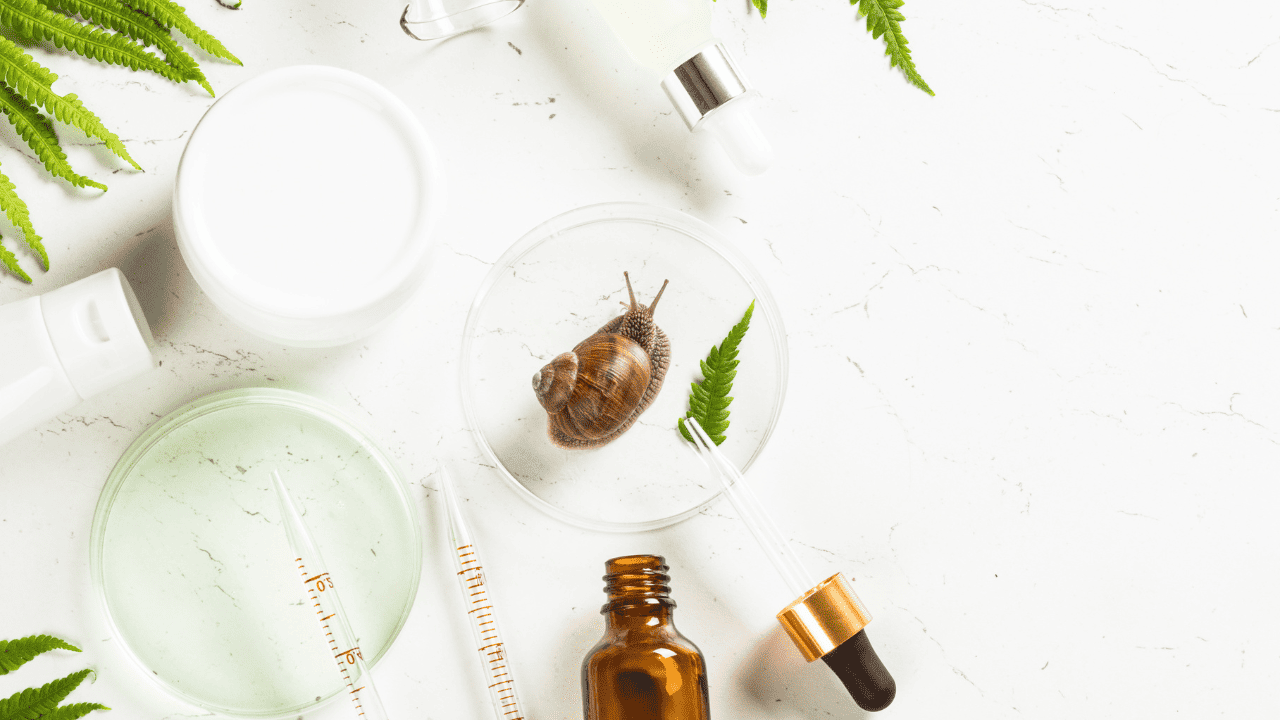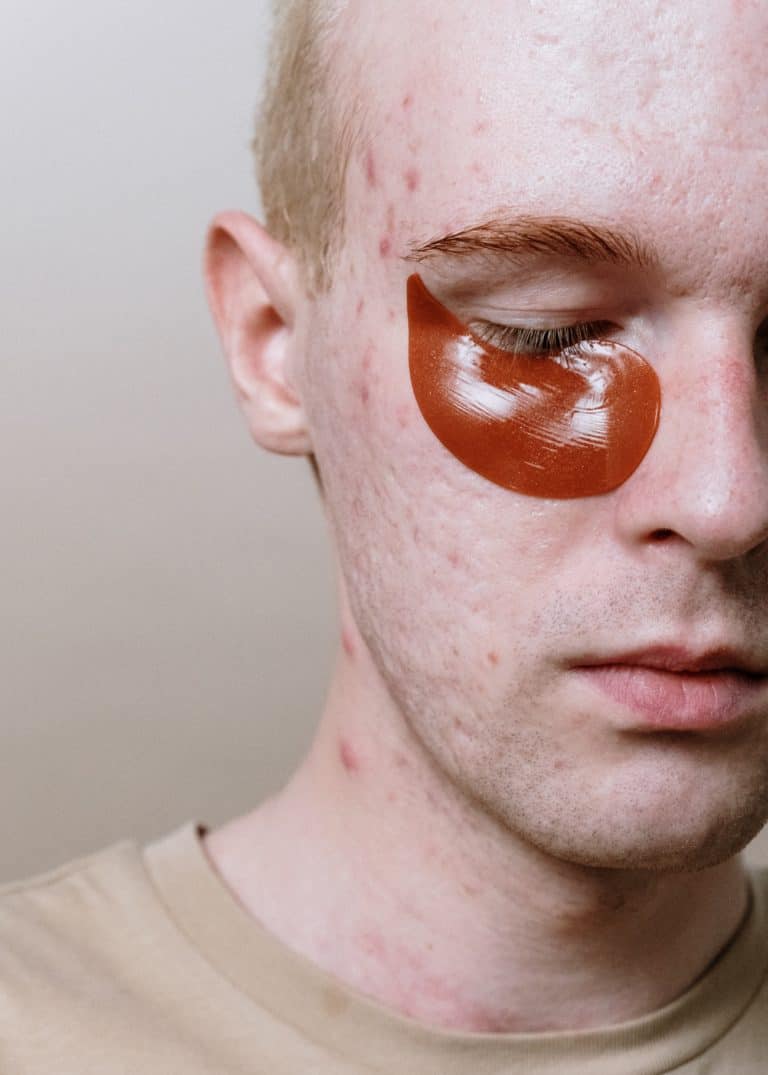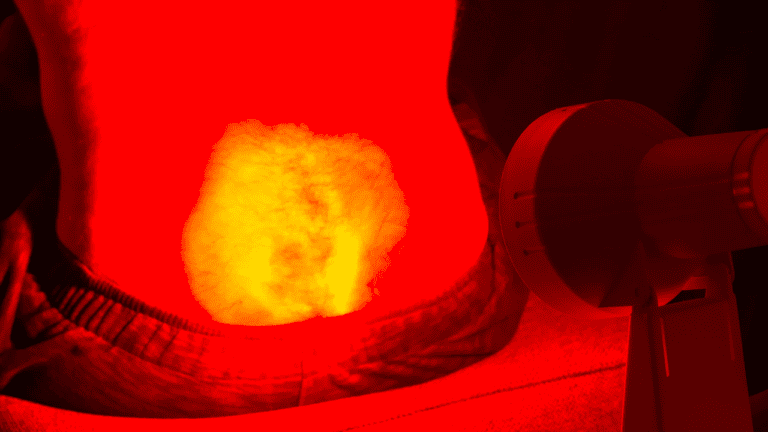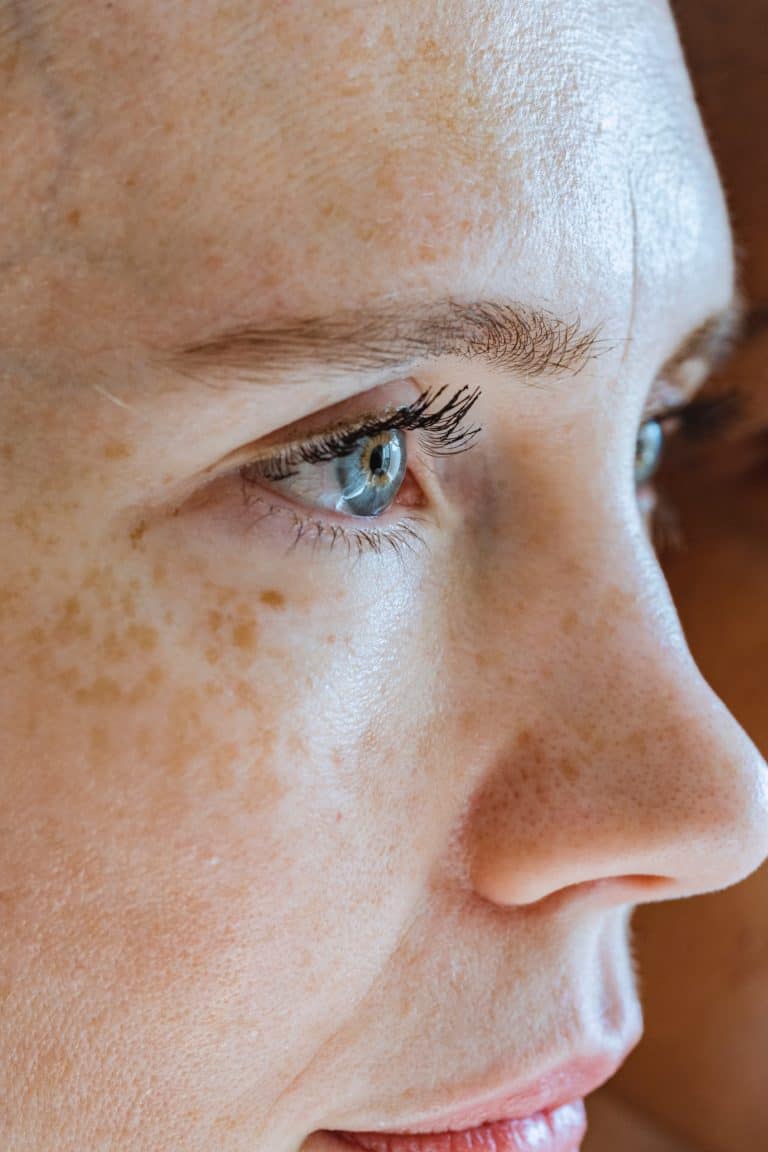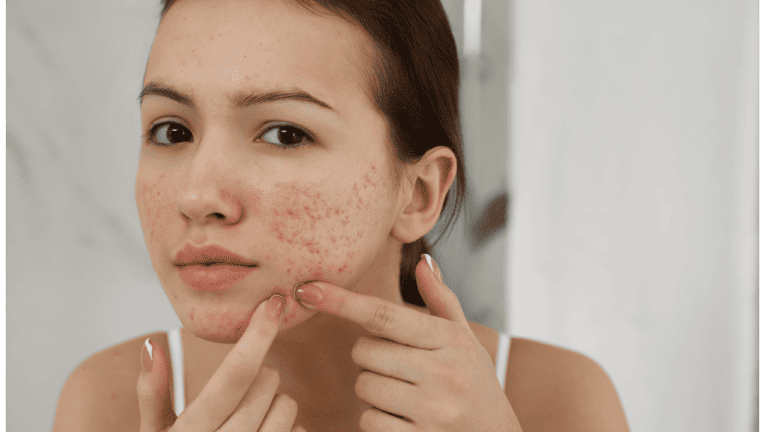Snail mucin’s journey in skincare, from ancient remedy to modern beauty essential, is a tale of tradition, science, and global recognition. This ingredient, known for its rejuvenating properties, has transitioned from traditional use to a key player in today’s beauty industry. We explore its historical roots, cross-cultural journey, and recent advancements, while also considering the ethical and sustainability factors shaping its current role in skincare.
Key takeaways
- Snail mucin has evolved from an ancient healing remedy to a cornerstone in modern skincare, valued for its unique properties and benefits.
- Its journey across different cultures highlights its global acceptance, from traditional Asian beauty practices to the Western skincare market.
- Technological advancements and ethical considerations in harvesting have enhanced its quality and sustainability, cementing its place in contemporary skincare.
Ancient Origins

Early Use in Traditional Medicine
The use of snail mucin in skincare dates back to ancient times, with its roots in Greek and Roman civilizations. Known for its healing properties, it was used to soothe inflamed skin and heal wounds. Ancient physicians like Hippocrates reportedly recommended crushed snails to relieve inflamed skin, indicating an early understanding of its medicinal properties.
In traditional folk medicine, the use of snail mucin was widespread. From the Roman Empire to the indigenous tribes in Africa, it was a revered natural remedy for a variety of skin conditions. These ancient practices laid the groundwork for what would become a key ingredient in modern skincare.
Cultural Significance
Snails and their mucin held significant cultural importance in ancient times. In some cultures, they were symbols of rebirth and renewal, likely due to their ability to regenerate their own shells. This symbolic significance possibly influenced the perception and use of snails and their mucin in healing practices.
In ancient times, snail mucin was more than a mere remedy; it was a part of the socio-cultural fabric. Its usage was often intertwined with rituals and traditional healing ceremonies, showcasing a deep respect and understanding of natural resources.
Anecdotes and Historical References
Historical texts and anecdotes provide fascinating insights into the use of snail mucin. For instance, in some ancient texts, snail mucin was described as a component in concoctions used by Hippocrates. These early references not only highlight the historical significance of snail mucin but also underline the continuity of knowledge that links ancient practices to modern-day skincare.
Snail Mucin in Eastern Skincare Traditions

Korean Skincare Renaissance
The resurgence of snail mucin in skincare can be significantly attributed to the Korean beauty industry. Korean skincare, known for its detailed and innovative approaches, embraced snail mucin, exploring its full potential. This marked a significant turning point, bringing this ancient ingredient back into the limelight.
Korean beauty regimes, focused on hydration and rejuvenation, found a perfect ally in snail mucin. Its natural properties were in line with the holistic approach of Korean skincare. This integration showcased a beautiful synergy between traditional ingredients and modern skincare science.
Influence on Asian Beauty Markets
Following its success in Korea, snail mucin’s popularity quickly spread across other Asian countries. Its versatility and efficacy made it a sought-after ingredient in various skincare formulations. From Japan to Thailand, snail mucin became synonymous with high-quality skincare, revered for its ability to improve skin texture, reduce scarring, and enhance moisture retention.
In these markets, snail mucin was not just a passing trend but a staple, deeply ingrained in the skincare rituals of millions. Its adoption across Asia reflects a shared cultural appreciation for natural, effective skincare ingredients.
Traditional vs. Modern Applications
The use of snail mucin in traditional Asian skincare was often simple yet effective. In contrast, modern applications have taken it to new heights. Today, advanced formulations and scientific methods are used to maximize the benefits of snail mucin, making it a powerhouse ingredient in creams, serums, and masks.
This evolution from traditional to modern practices in Asia highlights a unique blend of respect for ancestral knowledge and an embrace of scientific advancement. It’s a testament to the timelessness of natural ingredients and their adaptability to meet the demands of modern skincare.
Western Adoption and Skepticism

Introduction to the Western Market
The introduction of snail mucin to the Western beauty market marked the beginning of a new chapter in its history. Initially met with skepticism, the idea of using snail secretion in skincare was a novel concept for Western consumers. However, the turning point came as more and more people began to experience its remarkable benefits firsthand.
Brands played a significant role in this transition, educating consumers about the advantages of snail mucin and how it could fit into their skincare routines. As awareness grew, so did acceptance, leading to a gradual but significant shift in perception.
Initial Skepticism and Shift in Perception
The initial skepticism in the West was rooted in a lack of familiarity with snail mucin as a skincare ingredient. The idea of applying snail secretion on the skin was, understandably, a bit jarring at first. However, as consumers began to notice visible improvements in their skin’s health and appearance, attitudes began to change.
This shift was further bolstered by the increasing focus on natural and effective ingredients in the beauty industry. As more research emerged supporting the benefits of snail mucin, it gained credibility, moving from a niche ingredient to a mainstream skincare solution.
Influence on Western Skincare Trends
Today, snail mucin is a celebrated ingredient in the Western beauty world, influencing numerous skincare trends. Its journey from obscurity to acceptance in the West is a fascinating example of how global beauty trends evolve and how ingredients once considered unconventional can become staples.
Its influence extends beyond just product formulations; it’s reshaping the way consumers and brands approach skincare, emphasizing the importance of natural ingredients, efficacy, and innovation. Snail mucin’s entry into the Western market has not only enriched skincare routines but also contributed to a broader understanding and appreciation of global beauty practices.
Modern Developments and Innovations
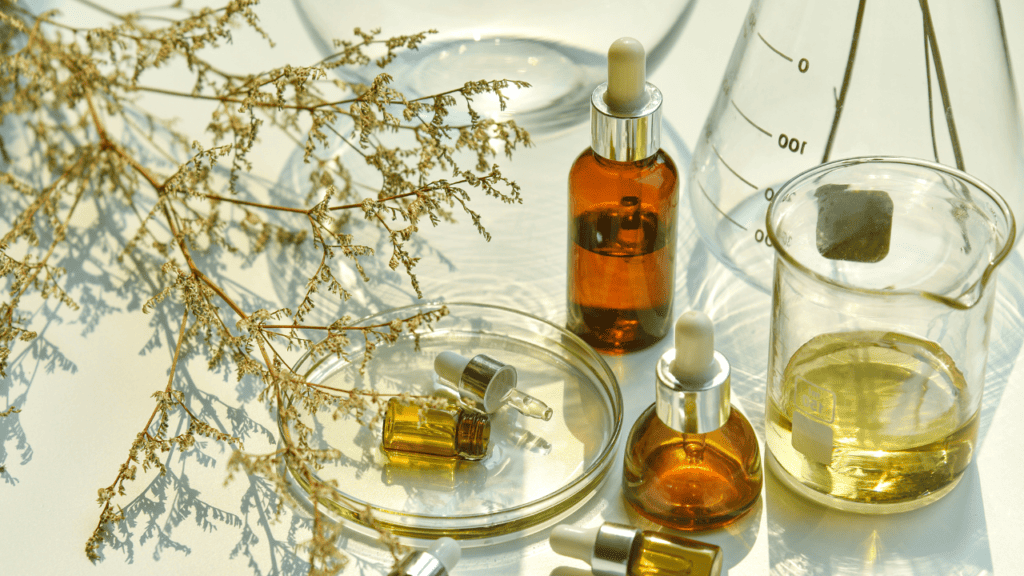
Advancements in Extraction and Purification
The modern era has seen significant advancements in the extraction and purification of snail mucin, ensuring that this ingredient is not only effective but also safe and consistent in quality. These technological improvements have allowed for the production of highly concentrated and purified forms of snail mucin, enhancing its skincare benefits.
State-of-the-art facilities and ethical farming practices have revolutionized the way snail mucin is harvested. The extraction process is carefully managed to ensure the well-being of the snails, and the mucin is purified to remove any impurities, resulting in a high-quality ingredient that is both effective and ethical.
Incorporation into Diverse Products
The versatility of snail mucin has led to its incorporation into a wide array of skincare products. From hydrating serums to rejuvenating face masks, snail mucin is being used to enhance the efficacy of various skincare formulations. Its ability to improve skin texture, reduce the appearance of fine lines, and soothe irritated skin makes it a valuable addition to any skincare routine.
Brands have been creative in integrating snail mucin into their product lines, often combining it with other beneficial ingredients to create unique and effective skincare solutions. This has opened up a world of possibilities for consumers, allowing them to experience the benefits of snail mucin in various forms and textures.
Scientific Research and Findings
The rise in popularity of snail mucin has been accompanied by an increase in scientific research and studies aimed at understanding its skincare benefits. These studies have provided empirical evidence supporting the efficacy of snail mucin, particularly in areas such as hydration, healing, and anti-aging.
Research has shown that snail mucin contains a complex blend of proteins, glycolic acids, and elastin, which are known to benefit the skin in multiple ways. These findings have not only validated the traditional uses of snail mucin but also helped in fine-tuning its application in modern skincare formulations.
Ethical Considerations and Sustainable Practices
Ethical Harvesting
The ethical harvesting of snail mucin has become a significant consideration in the beauty industry. With a growing focus on cruelty-free and ethical practices, the methods used to extract snail mucin are under scrutiny. Consumers are increasingly looking for products that not only benefit their skin but are also responsibly sourced.
Many brands have responded to this demand by adopting humane practices in the extraction of snail mucin. These methods ensure that snails are not harmed and are kept in natural, stress-free environments. This approach not only meets ethical standards but also results in a higher quality of mucin, as the health and well-being of the snails directly impact the efficacy of their secretion.
Sustainability and Environmental Impact
Sustainability is another key aspect of snail mucin production. The beauty industry is facing growing pressure to reduce its environmental footprint, and the production of snail mucin is no exception. Sustainable practices in snail farming, extraction, and processing are essential to minimize the environmental impact.
Environmentally responsible brands are implementing sustainable practices such as recycling waste, using renewable energy sources, and reducing water usage in snail mucin production. These efforts contribute to the overall sustainability of the beauty industry and help in preserving the environment for future generations.
Conclusion
The historical evolution of snail mucin in skincare reflects a remarkable journey from ancient natural remedies to a celebrated modern-day beauty ingredient. Its enduring popularity suggests a continued role in future skincare trends.
FAQs
What is snail mucin and why is it used in skincare?
Snail mucin is a secretion from snails, known for its hydrating, healing, and anti-aging properties, making it a popular ingredient in skincare products.
How was snail mucin traditionally used in ancient times?
In ancient times, snail mucin was used for its healing properties in traditional medicine, particularly in Greek, Roman, and indigenous cultures.
What caused the shift in perception of snail mucin in Western skincare?
The shift in Western perception occurred as consumers experienced its benefits firsthand, transitioning from skepticism to widespread acceptance.
